
Blog
Incisive commentary from RAP experts
RAP experts keep their finger on the pulse of the energy sector and provide timely analysis of topics impacting stakeholders TODAY.
Filter >>
Content Filter:
June 20, 2024
优化季节电价,推动电气化供暖
近年来,热泵的推广和应用在我国发展较快,与其他国家一样,要实现清洁供暖的目标仍然任重道远,在采购供暖设备时,许多用户与供热商仍存在犹豫,其中认为热泵运行成本较高是主要因素之一。本文将简要探讨可能解决此问题的路径之一,进一步完善分时电价机制中的季节性差异,即季节性电价–通过调节季节性电价来降低用户电费,有助于缓解对运行成本的担忧,促进热泵的使用率,从建筑电气化层面来支持我国实现双碳目标。 2021年7月26日,国家发改委印发了《关于进一步完善分时电价机制的通知》(发改价格〔2021〕1093号),倡导“进一步建立健全季节性电价机制”,为用户提供更明确的价格信号。更针对电采暖,提出了“季节性电采暖电价“政策指导,降低用电成本的同时更进一步推动热泵部署。自2021年来,许多省份已经响应号召,实施了季节性分时电价。随着更多的大规模可再生能源并入电网,提高建筑终端用能电气化水平可以有助于消纳电量,另外,制定季节性电价可以降低清洁采暖成本,保障民生供暖需求。因此,有必要考虑如何建立健全季节性电价机制。 与适用于… View Summary +

May 31, 2024
What’s the Buzz? Ground-Truthing Cold-Climate Heat Pump Performance
I live in Missoula, Montana, a small college town tucked into the Rocky Mountains. We’re known for our outdoor access, not for our burgeoning restaurant scene. So when a new spot opens, there’s usually a lot of buzz. It’s exciting… View Summary +
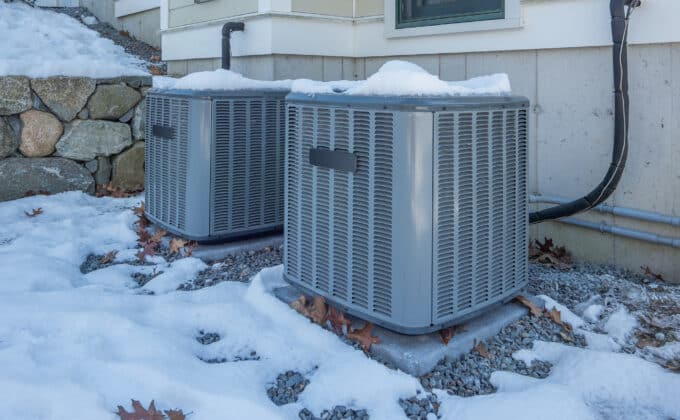
May 9, 2024
Cold-Climate Heat Pumps Pass the Ultimate Test: a Maine Winter
Heat pumps use electricity to transfer heat, making them an energy-efficient alternative to furnaces and air conditioners. In 2019, the state of Maine made residential heat pumps a core piece of its climate strategy and set a goal… View Summary +
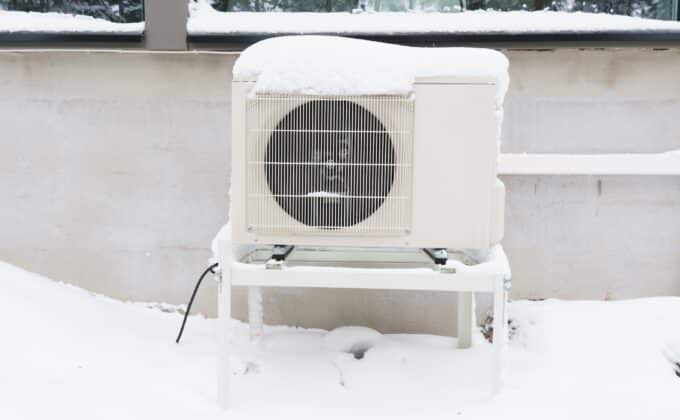
April 11, 2024
The History of Heat Pumps: Technology Advances to Meet the Cold-Climate Challenge
- Vivian Cox
Heat pumps — all-electric, super-efficient temperature control appliances that can both heat and cool indoor spaces — are a key to decarbonizing heating, especially as the grid is served increasingly by carbon-free resources. The 2022 Inflation Reduction Act (IRA), the… View Summary +
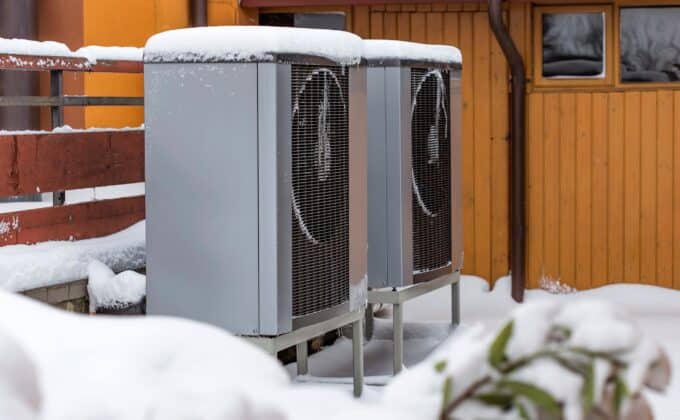
March 12, 2024
对建筑行业碳减排路径的探讨
中国提出的“双碳”目标要求在2030年实现全面碳达峰,2060年实现碳中和。这引发了一个问题,即建筑行业在2060年前实现脱碳的路径是什么。本文简要地概述了其中一个可行且具有成本效益的路径,并探讨了可能阻碍实现这一路径的潜在障碍。 建筑行业碳减排路径 中国宏观经济研究院能源研究所和一些国际机构定期开展能源转型的研究,包括对全面减碳路径的分析,以及对各个领域的发展建议。在《中国能源转型展望2022》(以下简称“展望”)中,根据双碳目标制定出的建筑行业碳减排路径分析,其中包含以下几个关键的建筑行业里程碑:… View Summary +
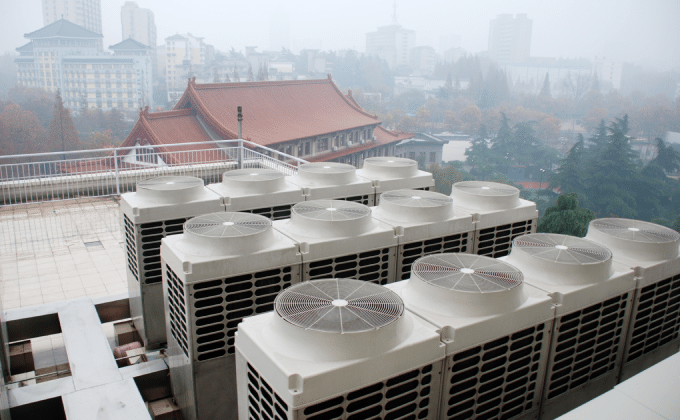
March 11, 2024
What is a feasible pathway to full building sector decarbonisation for China?
Our global team at RAP spends a lot of time working on the deep details of building sector energy policy and regulation, grappling with the next policymaking steps in various places around the world. To calibrate our efforts and to… View Summary +

February 29, 2024
Addressing the Problem: Controlling Your Water Heater for Consumer Savings and Load Flexibility
In early January, I sat in my apartment as the winter’s first true cold snap ripped through Montana. It was negative 10 degrees out, with wind chills pushing temperatures even lower. I shivered at the idea of getting my next… View Summary +
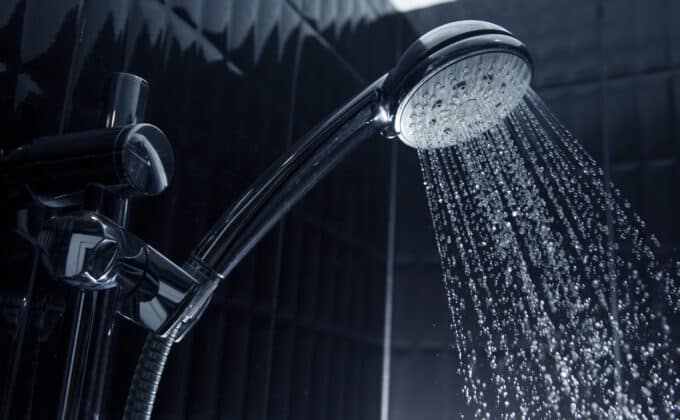
December 21, 2023
Boiler alert: Predicting boiler breakdowns benefits households and reduces harmful emissions
Policymakers can provide stronger tools to avoid households becoming locked into new gas boiler systems We do not get to choose when our boiler breaks down. It could be at the start of the weekend, when a houseful of relatives… View Summary +

November 30, 2023
Getting the Job Done: Insights on Developing the Heat Pump Workforce
In the coming years, states will need to expand their skilled workforce in order to meet the increasing demand for heat pumps and other electrification measures, especially as new federal funds become available. To help state decision-makers determine which approaches… View Summary +
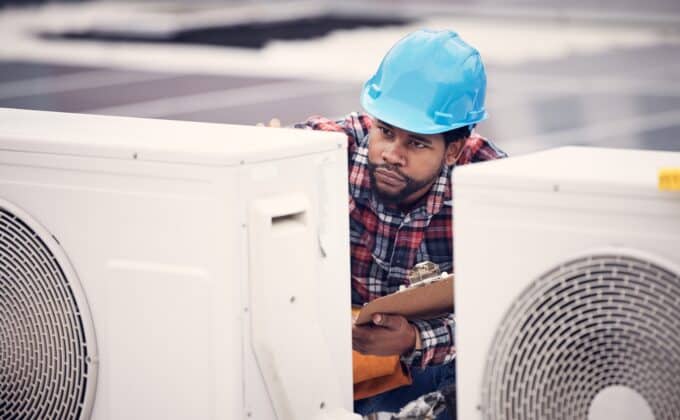
November 27, 2023
Will EU’s buildings directive bring benefits for low-income households?
Louise Sunderland highlights that flexible household energy use is pivotal to the energy transition. The Energy Performance of Buildings Directive provides an essential gateway to citizen participation in the smart energy system and to cheaper energy for low-income households —… View Summary +

